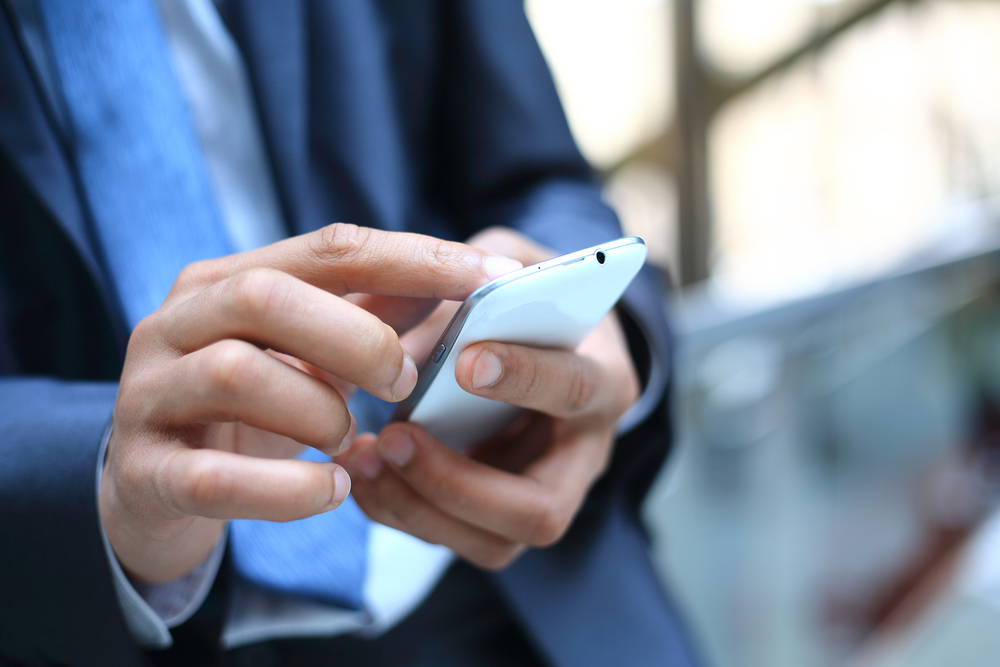n the legal software space, there’s been a great deal of discussion in recent years over integrating solutions into the workflow of today’s legal practitioners. However, time moves on, and that conversation needs to evolve as well. As has always been the case, lawyers and other legal professionals seldom clock in an eight- or even ten-hour day in the office: work-related activities and concerns have long invaded the hours before the office and after. The difference now is that work is increasingly being conducted outside the office rather than behind a desk.
Part of the impetus for this comes from today’s legal clients: It’s an accepted part of the legal landscape that more and more clients are expecting lawyers and their firms to be accessible and available 24/7. Part of what has made this expectation possible to such a large extent is the explosive growth and technology evolution of mobile devices—laptops, tablets, smartphones, and wearable technology—cloud technology, and the software that now makes it possible to work from any location and at any time. Coupled with this upsurge of technoinnovation are new capabilities in automobiles and the introduction of technologies that bring “non-distracting” mobile phone functionality to the display in our vehicles.
As a result, the conversation isn’t just about workflow on desktops anymore, but a progression towards what we can think of as “day flow.”

Percentage of time spent working on law-related tasks away from primary workplace |
Getting into the (Day) Flow
What is day flow in the mobile world?
It’s waking up in the morning, and turning to a mobile device to check the weather, the traffic, and the stock reports before getting out of bed. It’s rechecking over breakfast to see if the train is on time, if the subways are on track, if the freeways are moving. It’s opening the laptop on the train to check email and see if anything has developed in the firm’s international offices that might impact tasks and plans for the day. It’s jumping into a taxi to get to a client meeting, and—in the 15-minute ride to the client’s office—opening a tablet to check out the most recent invoice to the client, the latest docketing dates and relevant information that an associate just texted that he finished uploading to the matter folder. Then, at the end of the day, it’s having the option to take that after-hours call from a client while participating in a child’s school function. In summary, it’s using any screen that conveys information—phone, tablet, watch, computer, or car—to guide the user in every aspect of a day, from waking to sleeping.
Read the full post by Bob Schukai, Head of Advanced Product Innovation, Thomson Reuters

